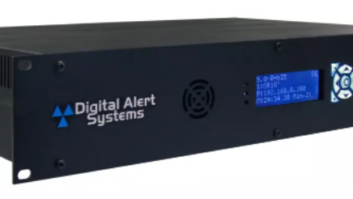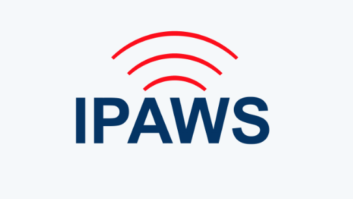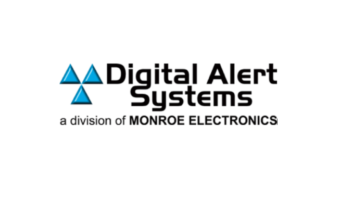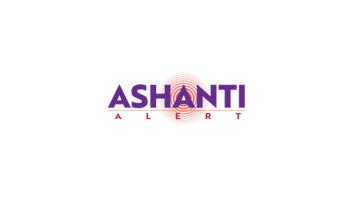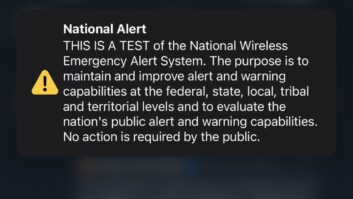Prior to 2011, Alabama EAS system monitored Alabama Public Television Network & the Alabama Digital Satellite Network as their two sources for EAS alerts and tests. However, when ADSN was acquired by another company and moved out of state, the Alabama Broadcasters Association needed a new EAS message source.
Matthew Straeb

ABA was looking for a solution to receive and deliver IPAWS CAP feed for EAS without relying on the internet in the event IP network failed. The parameters for the network included existing footprint in the state, CAP compliant, provide access to FEMA’s IPAWS and fewer activation steps to issue an alert.
After researching several companies and consulting with the Alabama Emergency Management Agency, ABA settled on Global Security Systems, LLC as their new EAS provider & monitoring source. Through the implementation of ALERT FM, an FM RDS emergency notification system, in several Alabama counties, GSS already had an established footprint in the State including a satellite network known as GSSNet. GSS also had the capabilities to provide AEMA & Alabama Law Enforcement Agency with an easy message dissemination through Alert Studio which could also be connect to FEMA’s IPAWS for the distribution of Wireless Emergency Alerts and non-weather emergency messages to weather radios.
Larry Wilkins

As part of the implementation process, ABA worked with AEMA to divide the State into eight operational areas and then designated two full power FM stations per area to for GSSNet downlink equipment installation. Equipment was also installed at the two public radio station networks that have multiple towers around the state to bring the total of markets covered to 23. A Sage ENDEC was also installed at each station location so each station could receive EAS Alerts to broadcast as well as forward to other stations In the designated area.
Both AEMA & ALEA were provided with access for multiple originators to Alert Studio and were trained by GSS staff on on inputing and sending an EAS message. The great success of this system is due to a close relationship between the Alabama Emergency Management Agency, Alabama Governors office, Alabama Broadcast Association and Global Security Systems.
Since implementation in 2011, ABA has continuously had successful Required Monthly Tests & National Public Tests.
In 2016, The Alabama State Emergency Communications Committee with GSS support set up a special ftp server that presently monitors over 100 EAS units around the state. This allows the SECC to continuously monitor the “health” of the state distribution system. It has also proved to aid stations in maintaining compliance with current FCC rules. A state wide data base is maintained to track the reception and relay of required test and/or alerts, both State and National.
With this system we were able to observe the success of the recent national EAS test within minutes after it ran. This monitoring service is offered at cost to the broadcast station. We encourage FCC and other broadcasters to consider this approach.
�





